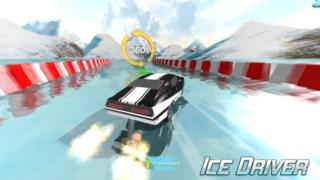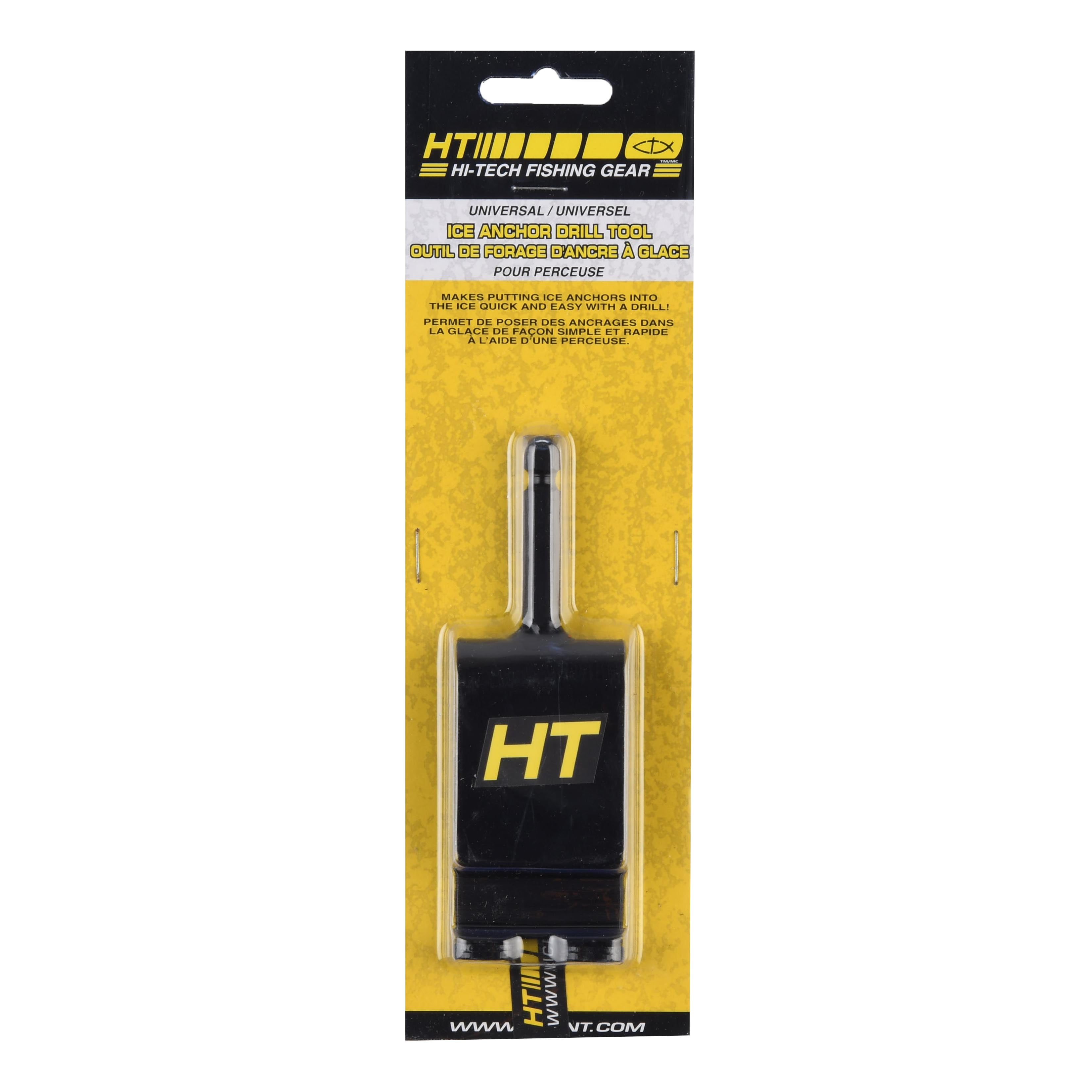

If the tires spin, you can throw a little fresh snow under them to try to give the tread something to grab onto.Īn all-wheel-drive or four-wheel drive vehicle might assist in applying more traction, but if all the wheels are spinning, that's no guarantee. Now gradually apply power and ease your way out.
#Ice driver manual#
Next, shift into a low gear - first on a manual transmission, "L" on an automatic. First, shovel the snow away from your your wheels. You can take a shot at getting unstuck by using a couple of techniques. You also need to recognize when the situation is hopeless so you call for help. Spinning your tires will create a slicker surface and make it more difficult to get out. The simplest way to do this is to recognize that you are stuck - and take it easy on the throttle. Getting unstuck is about re-establishing that lost traction. (4) Maryland Code, Transportation Article § 22-201.Getting stuck is all about your drive wheels losing traction. We will put our 40 years’ of experience to work for you!Īll cases cited are Virginia, unless otherwise specified
#Ice driver driver#
If you have been hurt because another driver failed to drive safely under snowy or icy conditions, called Blaszkow Legal today. In short, a driver must drive more carefully when there is snow and ice - like this week! A driver who does not drive carefully, and causes an accident, is negligent. A driver has to look, listen, and be mindful not just of other drivers, but the road itself. In short, a driver has a duty to operate their vehicle with reasonable care, commensurate with conditions as they exist. Consider a vehicle trying to turn left across oncoming traffic - that driver’s estimation of on-coming speed and distance may be off, and could lead to an accident in snowy conditions, if one of the oncoming vehicles has its headlights off. However, those lights are also an indicator for other vehicles, whether traveling in the same direction or not.
#Ice driver drivers#
Many drivers think that if they can see, they do not need their headlamps. In short, one cannot drive “as usual” when conditions are not usual.ĭriving when it is snowing also requires the activation of a driver’s headlights, by law(3) - and this is regardless of whether it is daytime or nighttime. This may mean lowering the volume on the radio, or ending a hands-free phone call that might have been made. Vigilance means, in modern terms, keeping “your head on a swivel,” or being alert to other conditions on the road, and other vehicles upon that road.

This suggests that a driver on an icy roadway needs to leave himself plenty of stopping distance, so he does not skid - possibly into another car.Īnother duty that drivers have normally, and that is heightened in the presence of snow and ice, is the duty to exercise “increased” vigilance while driving(2). Every motorist knows that ice makes things slick and that stopping too abruptly can cause a vehicle to loose traction, or skid.

When conditions exist which create dangerous situations, those situations need to be anticipated and recognized. When snow and ice enter the mix, the same duty of a driver to act/drive cautiously actually increases (1). On a sunny day, a driver has a duty to drive carefully. Regardless of jurisdiction, a driver in the #DMV (and indeed, everywhere!) has a duty to operate a motor vehicle with due regard for his own safety, the safety of other motorists, the safety of pedestrians, and the general public. A breach of these duties, or requirements, creates negligence. A driver has a duty to operate a motor vehicle in a safe and responsible manner. For example, a pedestrian on a sidewalk has a duty to look both ways, and cross when safe. A “duty” means a requirement imposed by either statute or case law, to do a certain thing, in a certain way. Negligence means one of two things: 1) failing to do something a reasonable person should have done, or 2) doing something that a reasonable person would not do. Some people have asked whether their duties as drivers change during sleet, snow, and ice (and, my correlation, how can they avoid being negligent!) The answer is a resounding yes! Basic Legal PrinciplesĪs an initial matter, is important to understand negligence and “duty”. With this #storm came #ice and #sleet, which made driving within the #DC Metro area even more dangerous than it already is. While 20 were no-snow years, #2021 has brought us our first significant snow fall in recent memory.


 0 kommentar(er)
0 kommentar(er)
